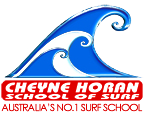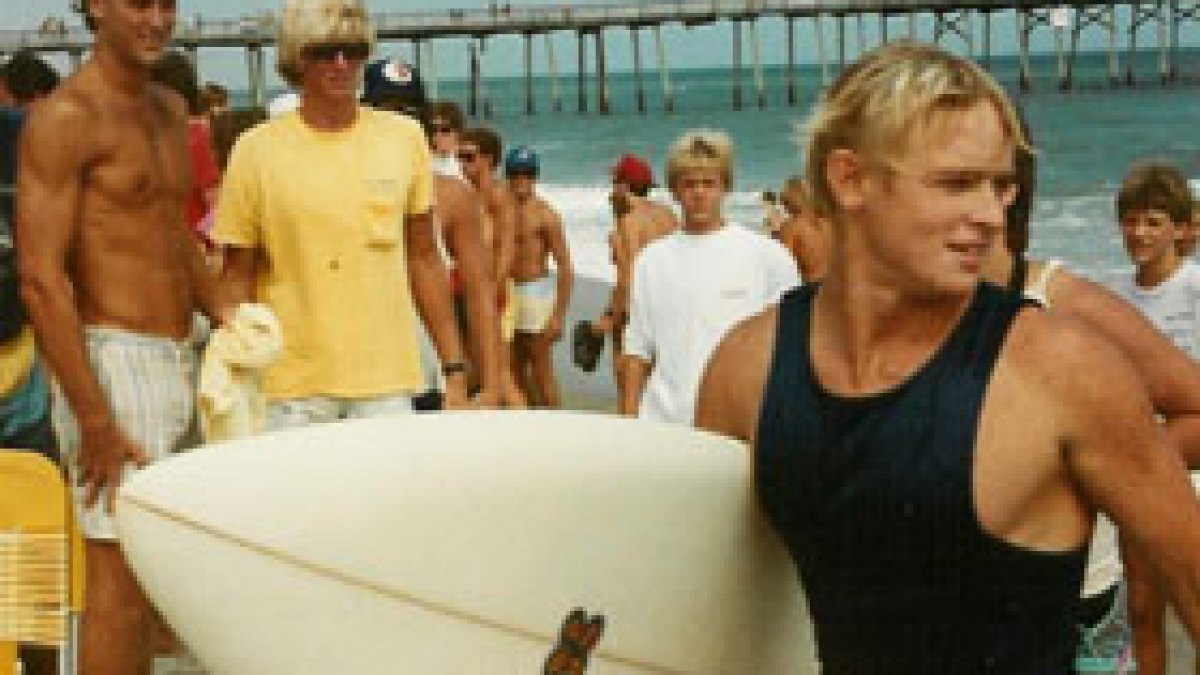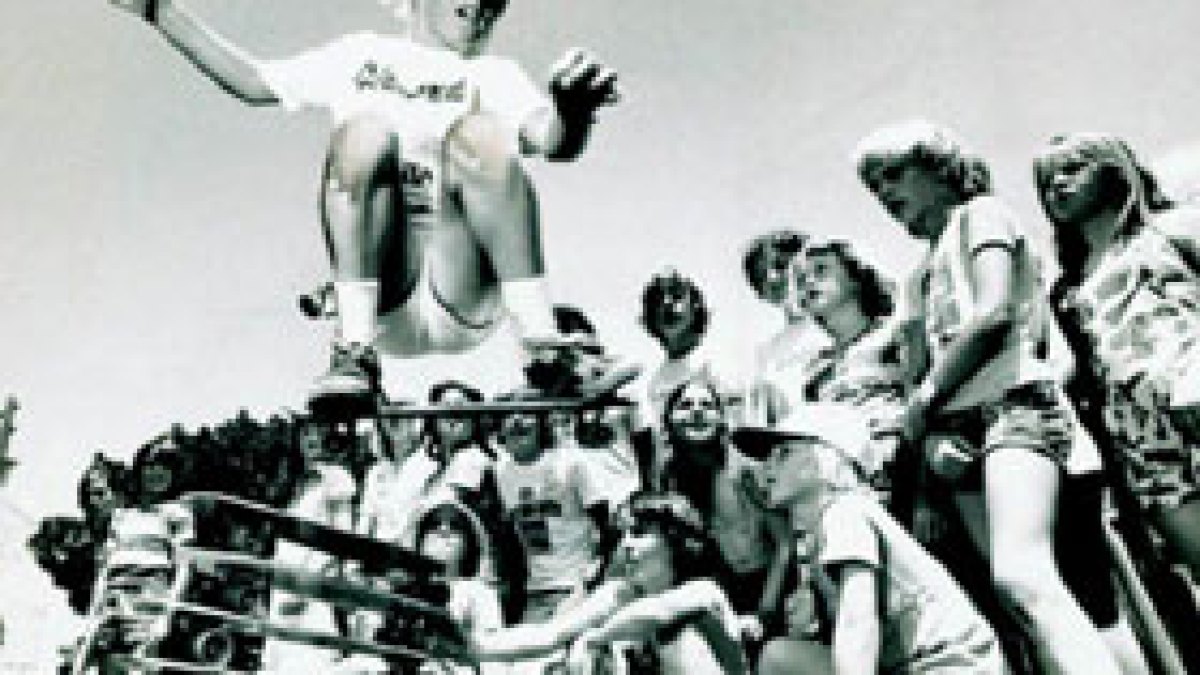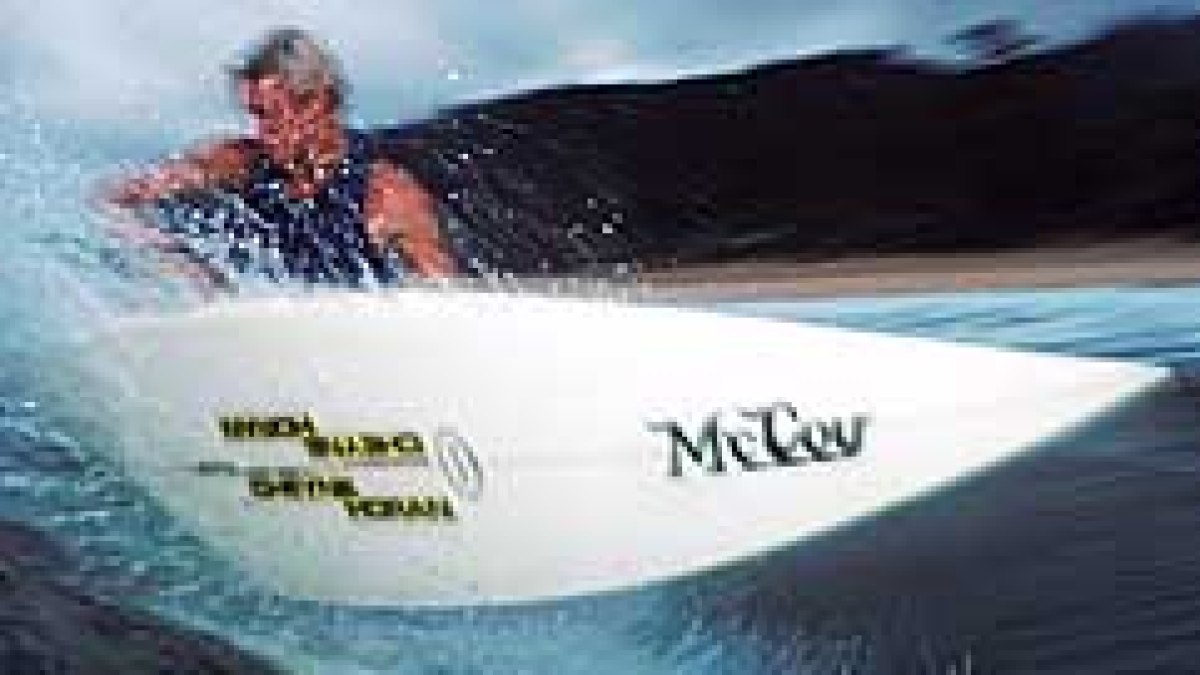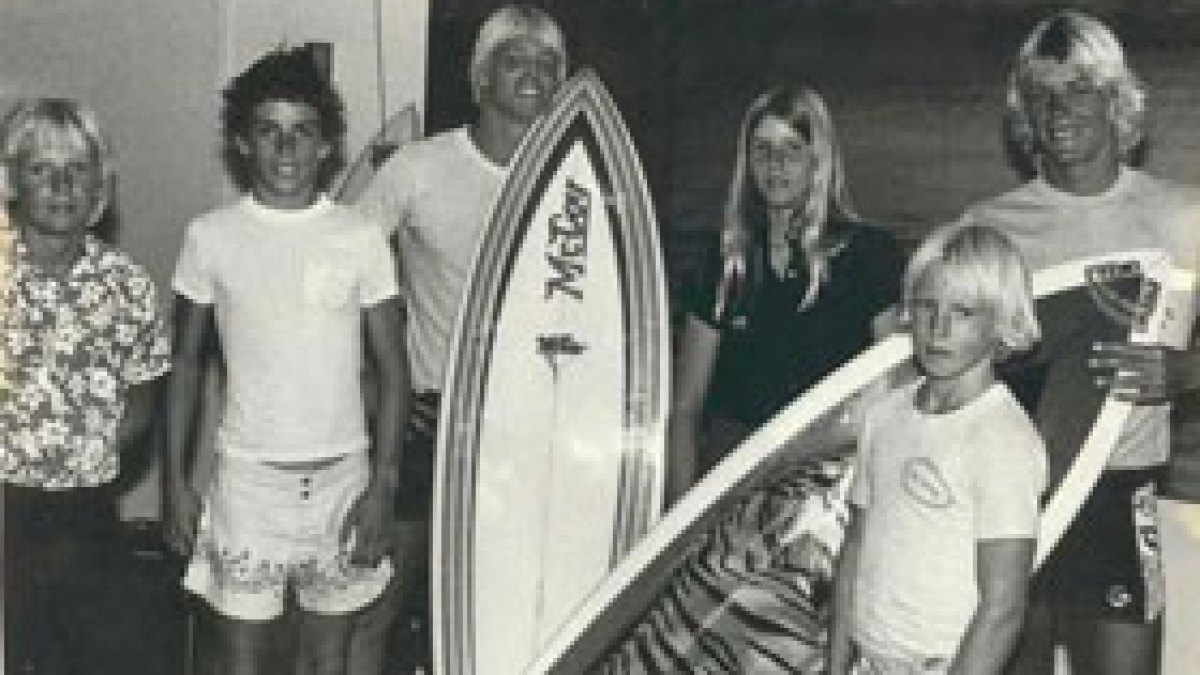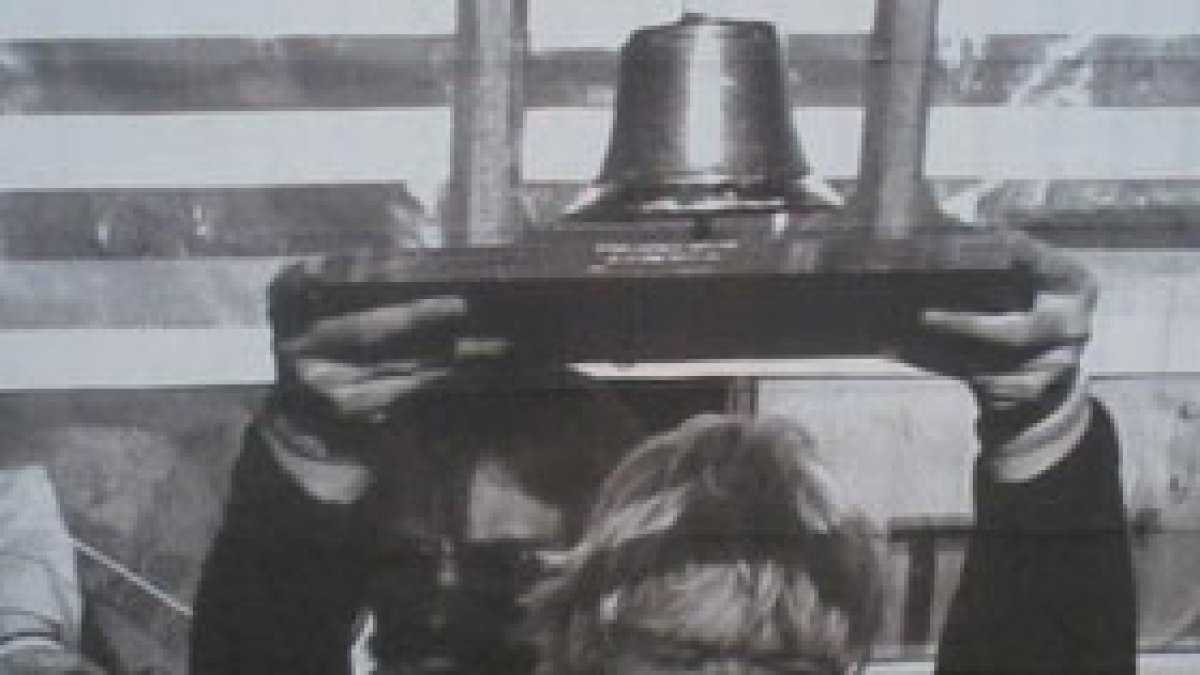WORLD CHAMPION SURFER
A dedicated competitor, Cheyne has been competitively surfing for more than 32 years – longer than the age of a number of pro surfers. In the face of uniformity, Cheyne Horan held fast to his beliefs and, in the end, came out on top. Born in Sydney, the son of an Australian speed skating champion, Horan began surfing on a Coolite at Bondi Beach at age 10. He won the New South Wales Juniors title in 1974 and was the Australian schoolboys champion in 1976. That year, he captured the Coke Australian Open Skateboard Championship. The only surfer/skater to hold both titles and also in the same year.
Professional surfing’s first tour, the IPS, launched the same year with 16-year-old Horan jumping aboard. In his debut at Sydney’s Surfabout, he finished seventh. The teenaged speedster soon became the youngest member of the Bronzed Aussies — a team of professionally-minded competitors intent on gaining mainstream exposure for the sport. Horan finished runner-up to Wayne Bartholomew for the 1978 world title, winning the Waimea 5000 in Brazil and appearing set for the top, pushing Horan’s record of runner-up finishes to four. During that stretch, he was the fastest surfer alive, refusing to relinquish single-fins to jump on the twin-fin or the thruster bandwagon. A staunch advocate of Geoff McCoy’s needle-nosed, wide-tailed Lazor Zaps, he was at times unbeatable in small to medium surf.
He gained independence from the clone-like Bronzed Aussies in 1980 and pledged his life to vegetarianism and yoga. A radical surfer for his era, Horan won the inaugural Op Pro in 1982 with a crowd-pleasing backhand 360 in the final. His popularity culminated with a win in the 1983 Surfer Poll and a spot in a widely distributed Sunkist soda commercial. With Geoff McCoy and designer Ben Lexcen, Cheyne Horan developed a winged keel fin based on an America’s Cup sailboat design. The Star Fin has been a great success for Cheyne and continues to sell well today. He produced a movie, Scream in Blue, chronicling his life and views in 1987.
At the start of 1990, he won the final event of the season, the Billabong Pro, and re-emerged in the Top 16 — this time on conventional equipment. The $50,000 win was his first in Hawaii. Before ending his world tour career in 1993, Horan accumulated 12 victories and seven top-five, year-end finishes. Six years after leaving the pro tour, Horan found a shot at redemption with the Quiksilver World Masters Championship in France. Never wavering in his dedication to fitness and competition, he out-dueled his old adversaries in perfect beach break barrels and claimed the under-40 world title. Emerging from the water, he proposed to his girlfriend Paulina, and they were married in May of 2000.
Over the years, Cheyne was seen as a pioneer by his peers and was inducted into the Surfing Hall of Fame in 1986. He has created many of the rules which are currently used on the ASP Tour. He was voted best surfer in the world by his peers on numerous occasions and has created one of the major moves in pro surfing the “Floater”. Helping design the safest learn to surf surfboard on the market, which is still used today by most schools and clinics. Some designs, however, are exclusive to our school; for example, boards that will work for all sizes and abilities. This year making a dynamic breakthrough with helping to develop the radio receiver helmet that can be worn in the water. Surfers Paradise Board riders club which he started and today organises competitions, training, management and sponsorship, as a team five Australian titles have been won in a period of seven years. Developing a new learn to surf DVD that all surf shops agree is the best learn to surf instructional film on the market.
Over 90% of surf schools now in Australia and the world currently use this as their system or methods of teaching beginners, this system was developed to assist beginners the basics of surfing and to understand the rules of surfing. Cheyne has coached numerous Australian and World Champions during his time as a professional instructor and always maintained his composure whilst competing on the World Tour. Many more students now work in the surf industry with the major surf brands in Australia and overseas due to his influence.
